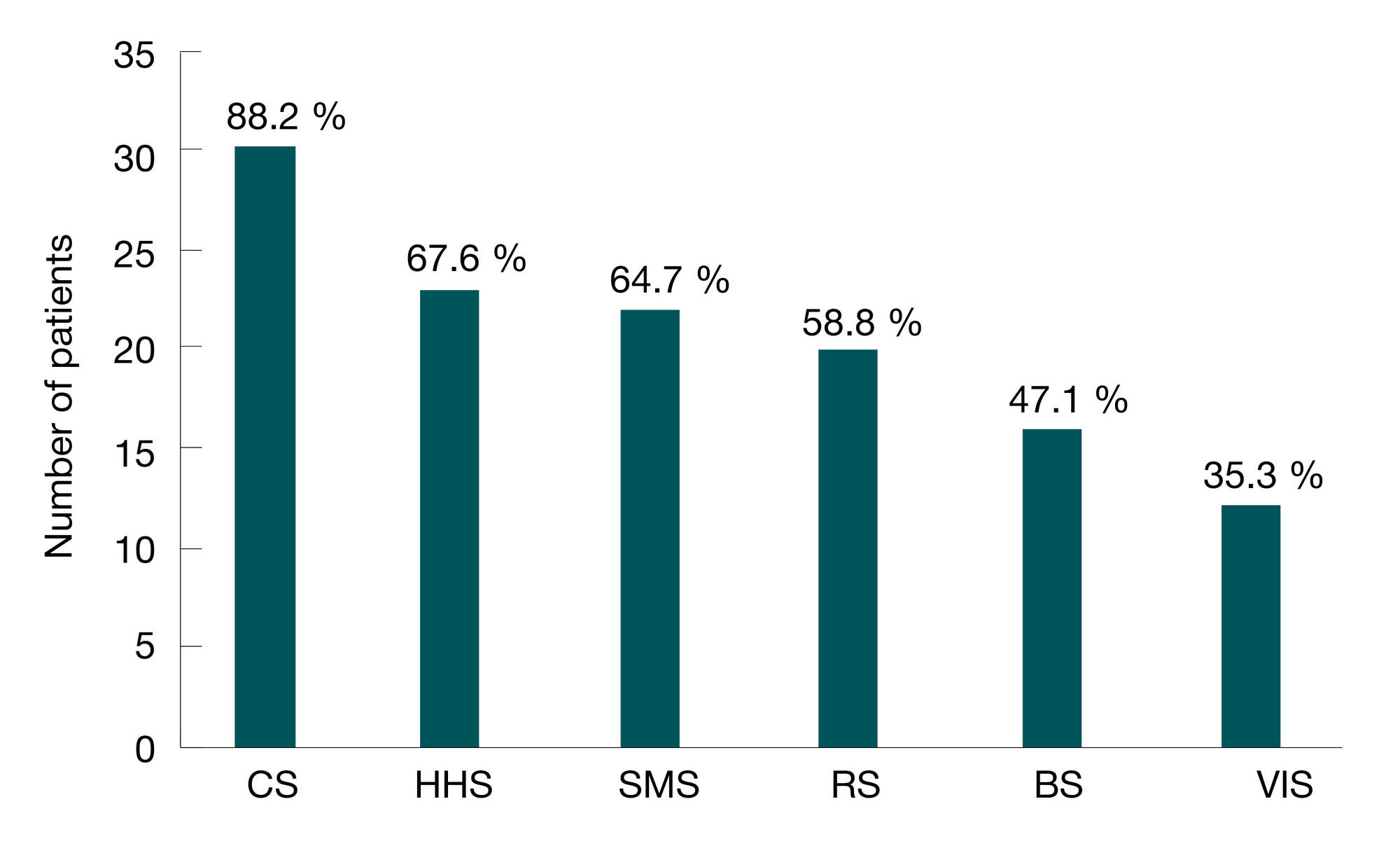
ISSN Print 2500–1094
ISSN Online 2542–1204
BIOMEDICAL JOURNAL OF PIROGOV UNIVERSITY (MOSCOW, RUSSIA)

1 Department of Neurology and Neurosurgery, Faculty of Advanced Training and Professional Retraining,
Kazan State Medical University, Kazan, Russia
2 Interregional Clinical Diagnostic Center, Kazan, Russia
Correspondence should be addressed: Ruslan Kakhkharov
ul. Karbysheva, d. 12a, Kazan, Russia, 420097; ur.liam@vorahhak.nalsur
Acknowledgements: authors thank professor Valery Danilov from Kazan State Medical University for his help in preparing the manuscript.




